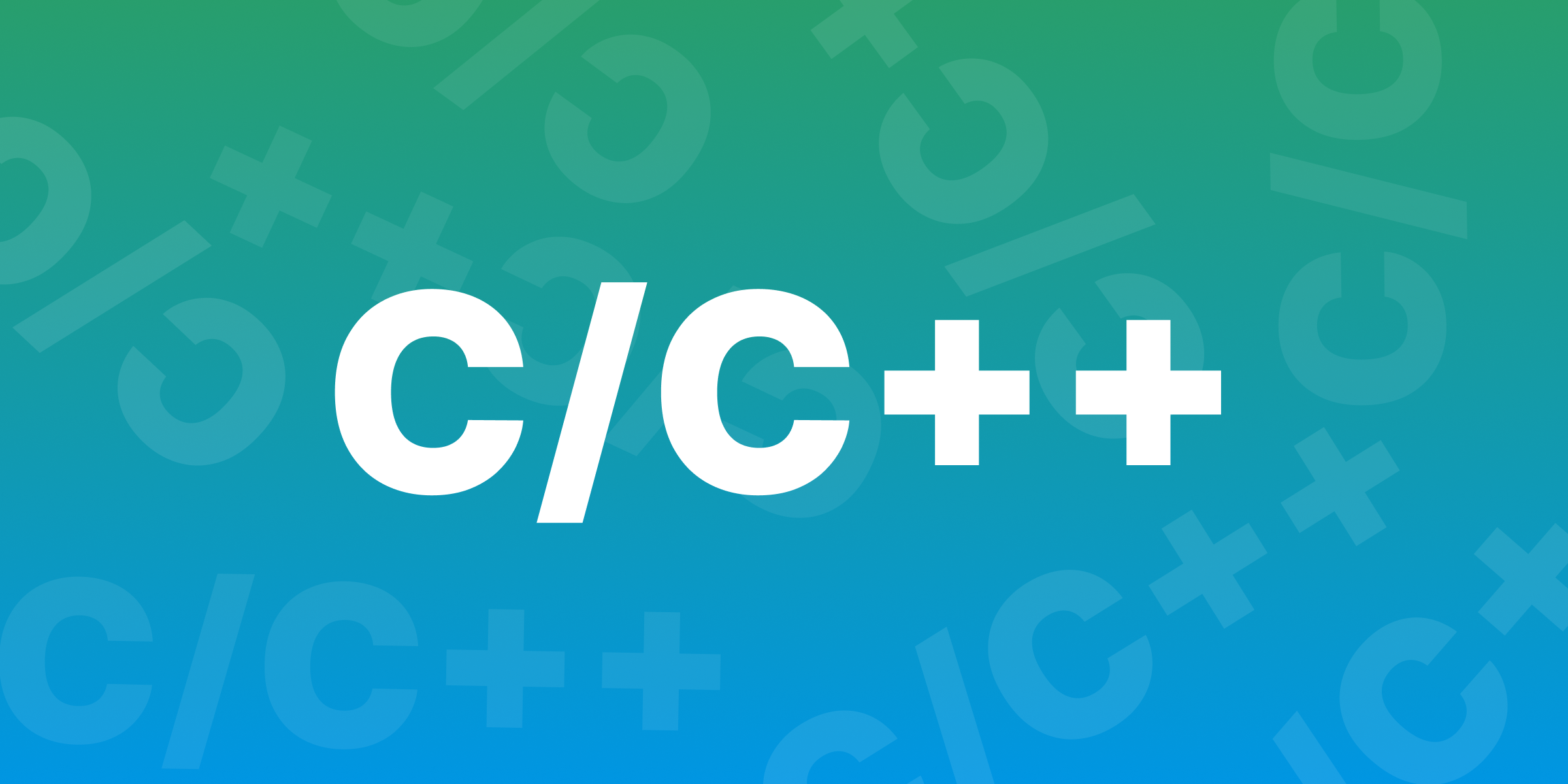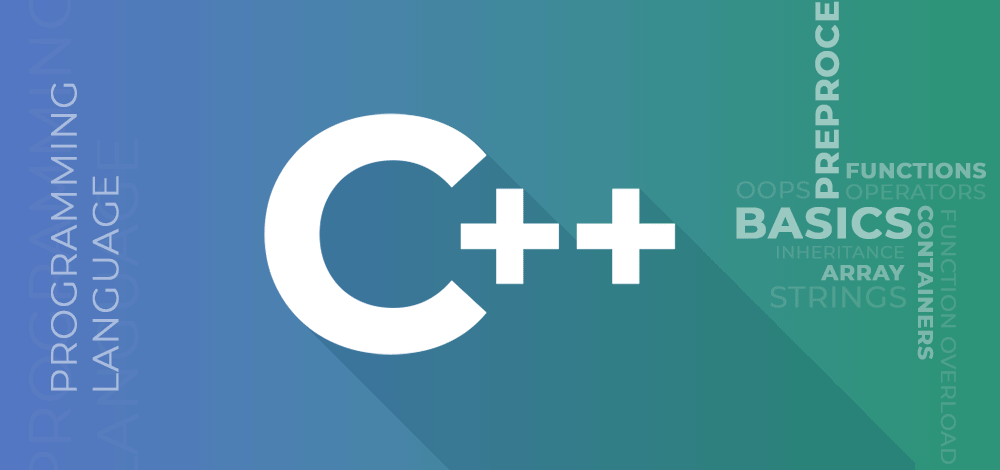C++ Pi calculations can be both fun and educational. In programming, calculating pi helps us understand mathematical concepts and improve our coding skills. Using C++ to find an approximation of pi is a popular beginner project and offers a good way to explore the basics of math in programming.
C++ Pi calculations typically involve methods like the Leibniz formula or the Monte Carlo method. These methods allow us to calculate pi to different levels of accuracy, showing how powerful C++ can be for math problems. Let’s explore how these methods work, step-by-step, so you can try them out in your own code.
What is Pi and Why is It Important in Programming?

Pi is a crucial number in both math and science, showing up in formulas for area, volume, and even physics calculations. In C++ programming, pi is important because it often appears in problems involving geometry, simulations, and data analysis. Learning to calculate pi helps programmers improve their coding skills and understand these complex ideas more easily.
The number pi is used in many ways in programming. For instance, if you are building a program to design shapes or simulate physics, pi will be essential. It’s also helpful in various algorithms that require circular measurements. Understanding pi calculations in C++ is an exciting way to see how math and programming go hand in hand.
Getting Started: Simple Ways to Calculate Pi in C++
For beginners, starting with a simple C++ pi calculation method is a great way to learn. The Leibniz formula is one of the simplest ways to estimate pi. It’s a formula that adds and subtracts fractions in a specific pattern to get closer to the value of pi.
Another beginner-friendly method is the Monte Carlo approach, which uses random numbers to estimate pi. By placing random points inside a square and a circle, the Monte Carlo method calculates pi based on how many points fall inside each shape. These methods are basic, but they give a solid introduction to calculating pi in C++ and teach you how to work with formulas in programming.
Using the Leibniz Formula for Calculating C++ Pi
The Leibniz formula is a straightforward way to calculate pi in C++. It is based on a simple equation that adds and subtracts fractions. In C++, you can create a loop to run this formula several times, gradually improving your pi approximation with each iteration.
To start, you can write a loop in C++ that calculates the value of pi based on the Leibniz formula. Each iteration of the loop adds or subtracts a fraction to refine the pi value. This method isn’t the fastest or the most accurate, but it’s an excellent way for beginners to understand how pi can be approximated.
Running the Leibniz formula for more iterations will get you closer to pi, but it won’t reach perfect accuracy. Still, for a beginner in C++, it’s an excellent exercise for learning loops and calculations. Try experimenting with different numbers of iterations to see how the pi value changes.
How to Calculate C++ Pi with the Monte Carlo Method

The Monte Carlo method is a popular way to estimate pi using random numbers. In C++, you can use this technique by generating random points inside a square and checking how many of those points fall within a circle drawn inside that square.
To use the Monte Carlo method in C++, generate points with random coordinates and check if they fall inside the circle. By comparing the ratio of points inside the circle to the total points generated, you can approximate pi. The more points you use, the closer your approximation will be to the actual value of pi.
This method is unique because it relies on probability rather than exact calculations. The Monte Carlo approach is useful for situations where exact answers aren’t necessary but close approximations are acceptable. It’s a powerful tool for C++ pi calculations and offers valuable lessons in coding with random numbers.
Exploring Other Methods to Calculate Pi in C++
Aside from the Leibniz and Monte Carlo methods, there are other ways to calculate pi in C++. Techniques like the Nilakantha series or Buffon’s Needle method provide alternative approaches, each with its pros and cons.
- Nilakantha series: Builds on the Leibniz formula but reaches a more accurate value faster.
- Buffon’s Needle method: Uses probability and geometry to estimate pi, though it’s more complex than other methods.
These advanced methods offer greater accuracy for pi calculations in C++. Experimenting with different techniques can help you find which one suits your needs best. Understanding these diverse methods can also broaden your understanding of both C++ and math.
Which Method is Best for Calculating Pi in C++? A Comparison
Choosing the best method for calculating pi depends on factors like speed, accuracy, and complexity. For beginners, the Leibniz and Monte Carlo methods are ideal because they’re easier to understand and code. However, if higher accuracy is needed, the Nilakantha series might be a better choice.
The Leibniz formula is simple but slow in reaching accuracy, while the Monte Carlo method is faster but relies on random points. The Nilakantha series, although a bit more complex, provides faster accuracy. By comparing these methods, you can decide which is best for your C++ pi calculations based on your specific goals and project needs.
Practical Applications of C++ Pi Calculations

C++ pi calculations are useful in real-world scenarios, especially in fields like engineering, physics, and computer graphics. For example, calculating the area of circles, the volume of spheres, or wave simulations often involves pi.
Many industries rely on pi in their software to perform precise calculations. Using C++ to compute pi allows engineers and scientists to solve real problems accurately. Whether you’re working on a school project or a professional application, knowing how to calculate pi in C++ can be highly beneficial.
Tips for Writing Efficient C++ Code When Calculating Pi
When calculating pi in C++, keeping your code efficient is essential. Using too many loops or complex calculations can slow down your program, so here are some tips for improving your code’s performance:
- Use simple loops: Opt for straightforward loops for better speed.
- Limit iterations: Running fewer but effective iterations can save time.
- Optimize formulas: Choose methods that balance speed and accuracy.
Efficient code is not only faster but also easier to read and maintain. By focusing on these tips, you can ensure your C++ pi calculations run smoothly without unnecessary delays.
Conclusion
Learning to calculate pi in C++ is a rewarding experience that strengthens your programming skills. The various methods, from the simple Leibniz formula to the Monte Carlo method, show that there are many ways to approach the same problem. By practicing these techniques, you can find the one that works best for you and gain confidence in coding.
Whether you’re a beginner or looking to improve your coding skills, pi calculations offer a practical and interesting challenge. Experimenting with different methods allows you to understand how C++ handles math problems and gives you a taste of the powerful tools available in programming.
FAQs
Q: What is the easiest method to calculate pi in C++?
A: The Leibniz formula is one of the easiest methods for beginners to calculate pi.
Q: Can I calculate pi in C++ with high accuracy?
A: Yes, methods like the Nilakantha series can help achieve a more accurate pi calculation.
Q: Why is pi important in C++ programming?
A: Pi is essential for solving geometry and physics problems that involve circles and angles.
Q: How does the Monte Carlo method estimate pi?
A: It estimates pi by generating random points and measuring how many fall inside a circle.
Q: Which method should beginners use to calculate pi in C++?
A: Beginners often start with the Leibniz formula or Monte Carlo method for simplicity.







